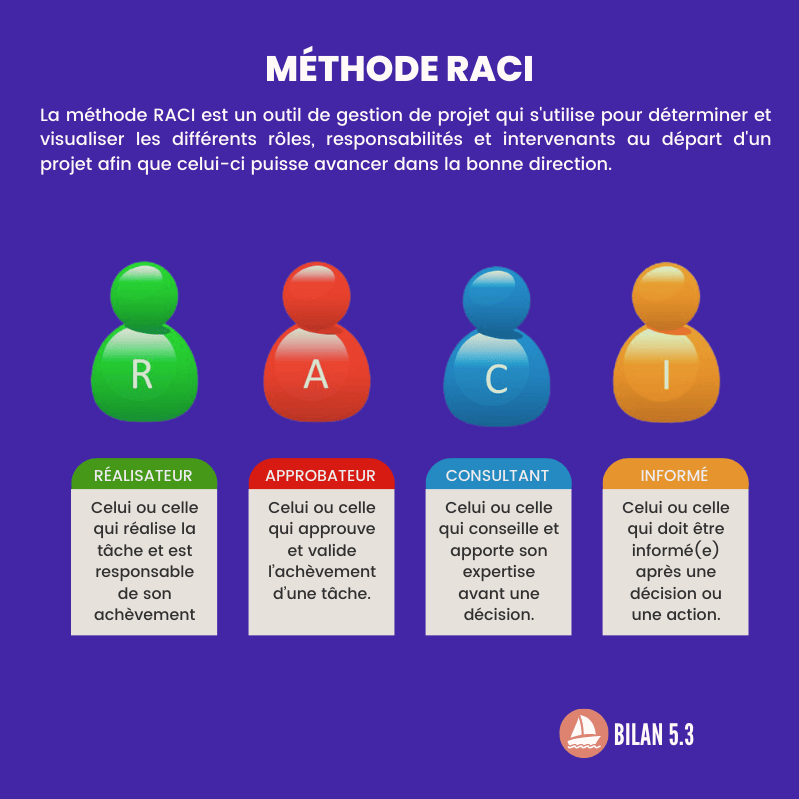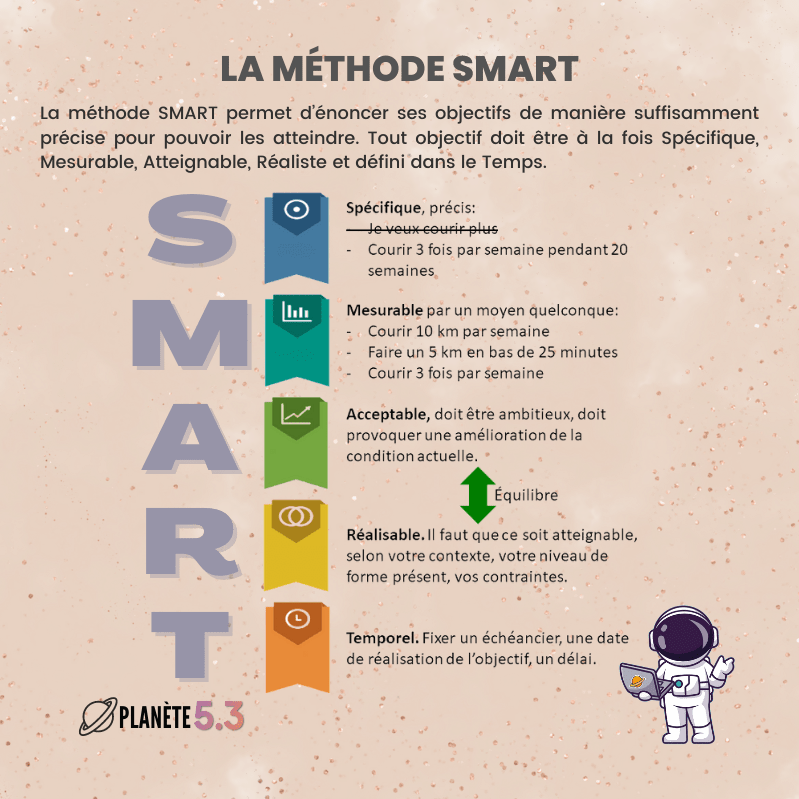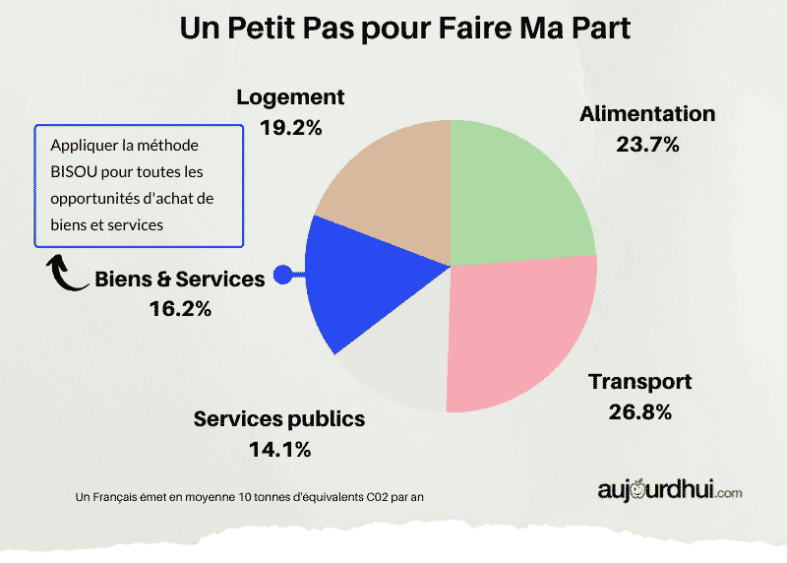There RACI method is a very useful project management tool in environments where several collaborators are involved. It makes it possible to define the roles and responsibilities of each person so as to move projects forward. Isn’t that the main thing?
This method of organization has become popular in recent decades because it is generic enough to be applied in most contexts: projects of all sizes, in all industries.
It helps to clearly define who does what in the project, which prevents three major pitfalls:
- Clearly identify the person responsible and the decision-maker for a given task.
- Avoid duplication when several people carry out the same work.
- Seeing an important task neglected because each employee thinks it is not their responsibility to do it.
What does RACI mean?
The acronym RACI translates into French as Director – Approver – Consultant – Informed.
R for Director (one who successfully completes a task)
This is the person who carries out the task and is responsible for its completion. Each activity must have at least one Director. Be careful, too many people assigned to the same task is a sure way to waste time.
A for Approver (the one who approves the completion of a task)
By having a person designated as the “Approver” (A) for each task, there is clarity on who is ultimately responsible, which can lead to better task execution.

C for Consultant (one who brings expert vision and advice)
Knowing who should be consulted (C) and informed (I) ensures that relevant information flows to the right people, thereby improving communication within the team.
I for Informed (the one who must be informed)
We keep him updated on the progress of the project, but he does not actively intervene in the completion of the task.
How to apply the RACI method?
We start by dividing the project into a series of actions, activities or logical steps. Then, we define the different tasks and deliverables useful for the smooth running of the project. The evaluation of the deliverable by its Approver allows you to validate the completion of the associated task.
The roles and responsibilities of stakeholders are assigned for each activity. It is entirely possible for the same person to have several roles for the same task, either because it is simple or because it is specific to the person’s area of expertise.
The rules to follow to properly use the RACI method
Here are the main rules to follow when developing the RACI matrix:
- A stakeholder can simultaneously be a Producer and an Approver if a task is simple and quick.
- An activity can only have one Approver for a single direction.
- The Approver subcontracts to the Director(s), but remains responsible for the action: if the Directors do not achieve their Goalsit is the Approver who assumes responsibility.
- The Consultants do not have authority for the task(s) to which they are attached, it is alwaysApprover who has the final decision.
- The Informed must be kept informed regularly because they are impacted by the completion of an activity or task, quite simply.
3 advantages of the RACI method
1. With the RACI method, everyone is on the same wavelength. Everyone knows what they are responsible for and what their colleagues are doing. Tasks are clearly defined, so there is no confusion. Team members know when they need to act and when they need to consult someone to get validation. The team has a clear and solid structure.
2. Communication is targeted and effective. When there are too many stakeholders in a project, things can become stressful and inefficient. With the RACI method, correspondence is facilitated by including the right people at the right time, which improves efficiency.
3. This method empowers team members because it allows you to always know who is in charge of what. This reduces conflicts because everyone realizes that their mission is essential in the “Big Picture” of the project.
As with any tool, the RACI method is sometimes perceived as a little too rigid, especially for small projects. But, in most contexts, it can be extremely useful.













